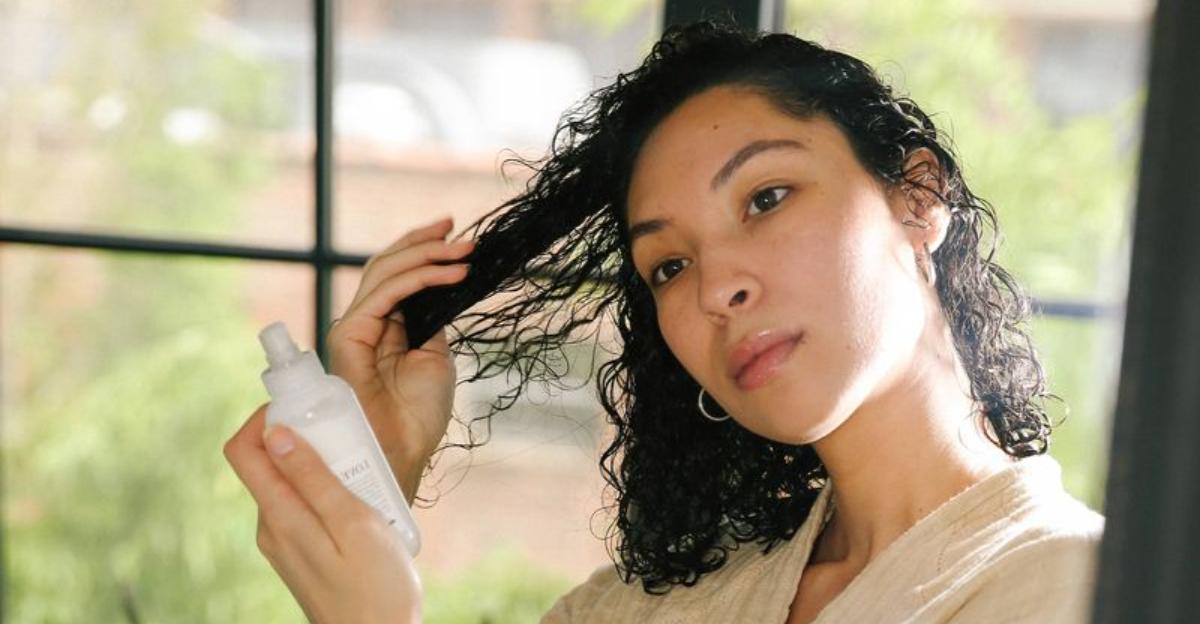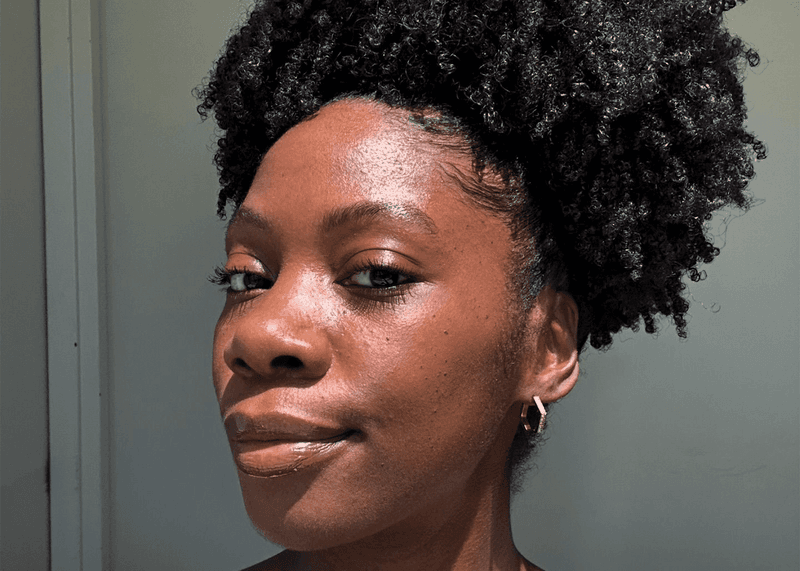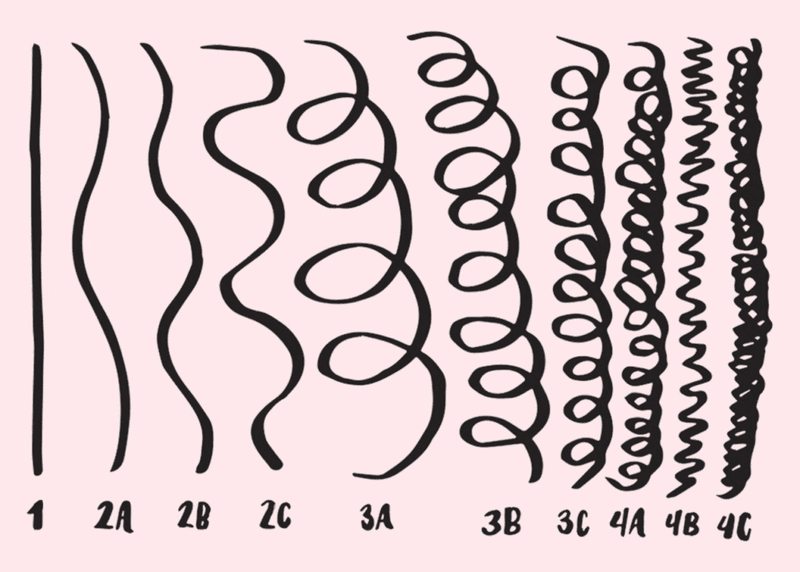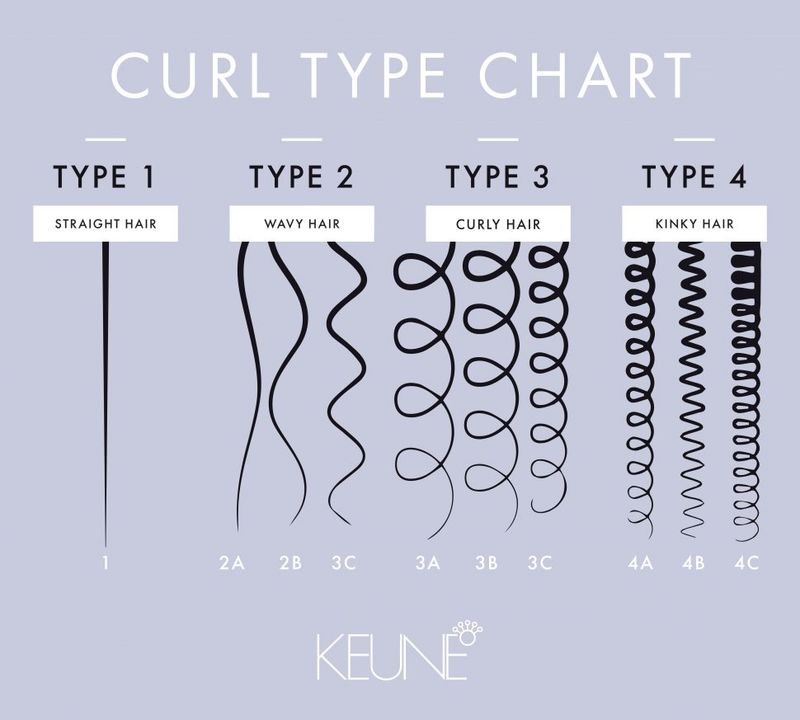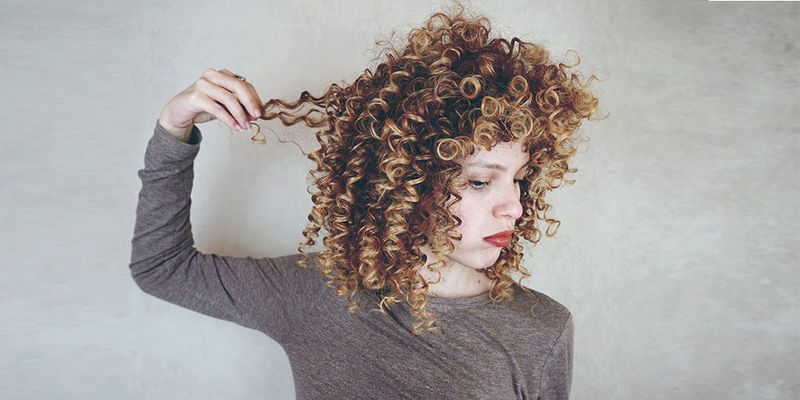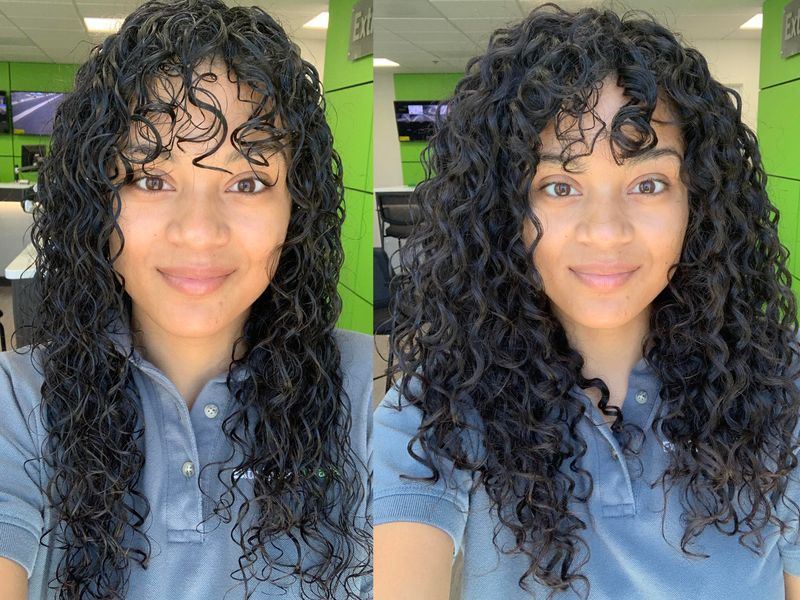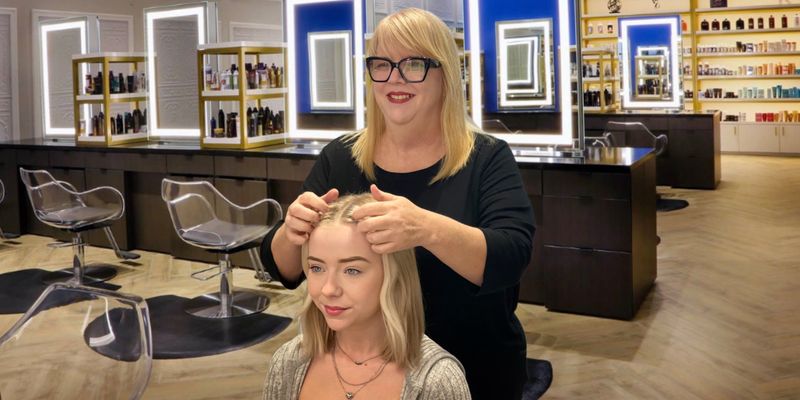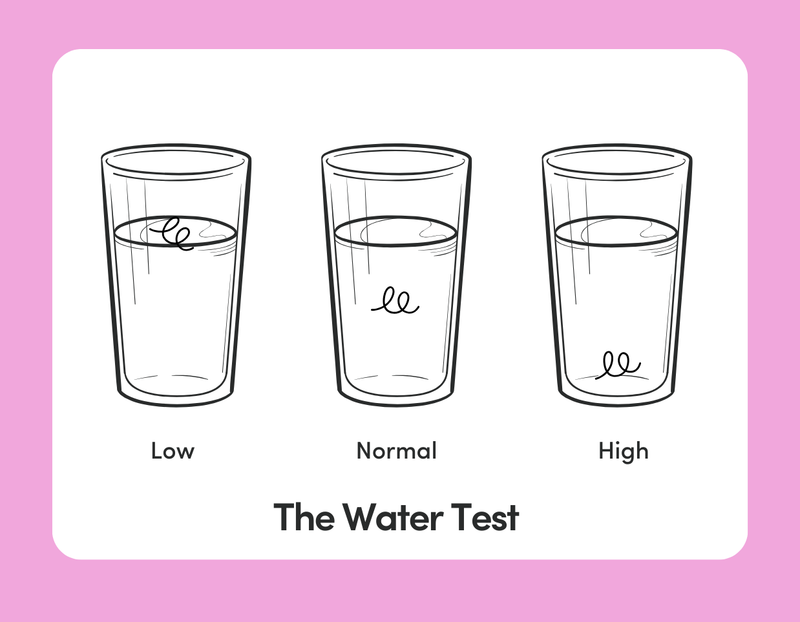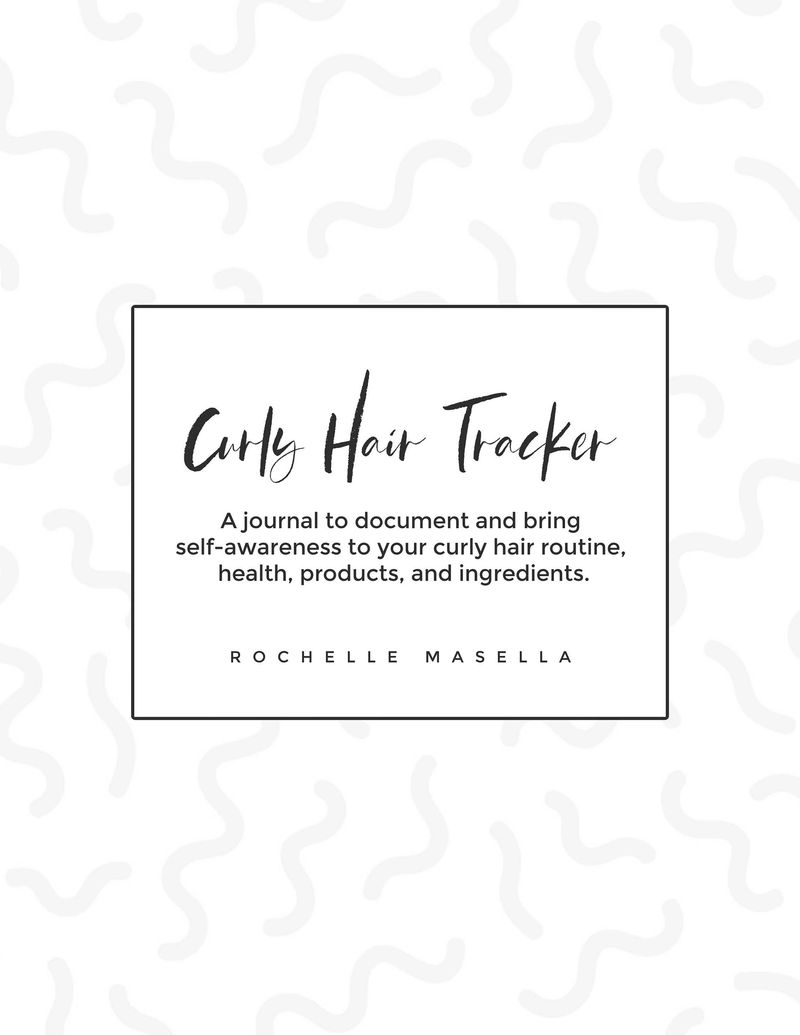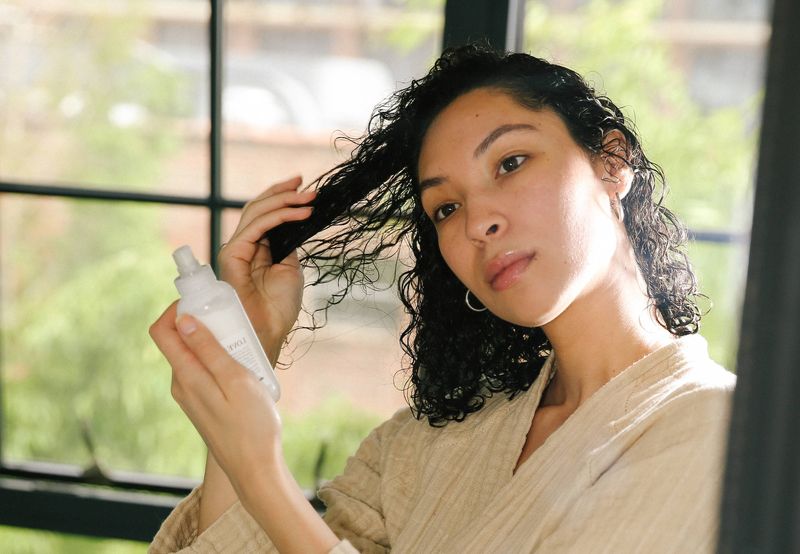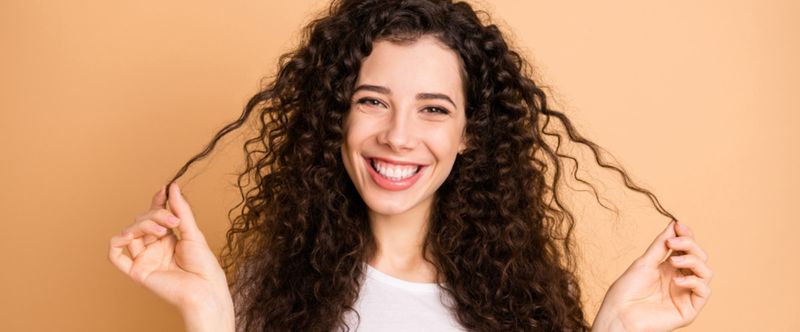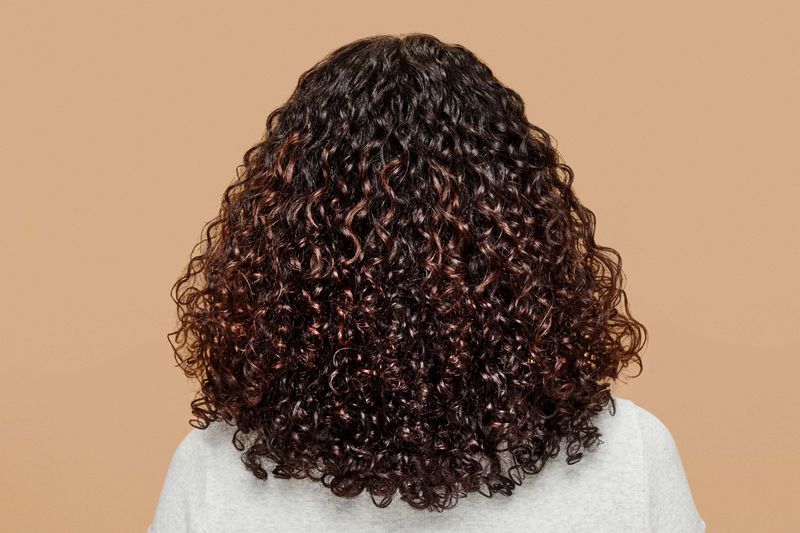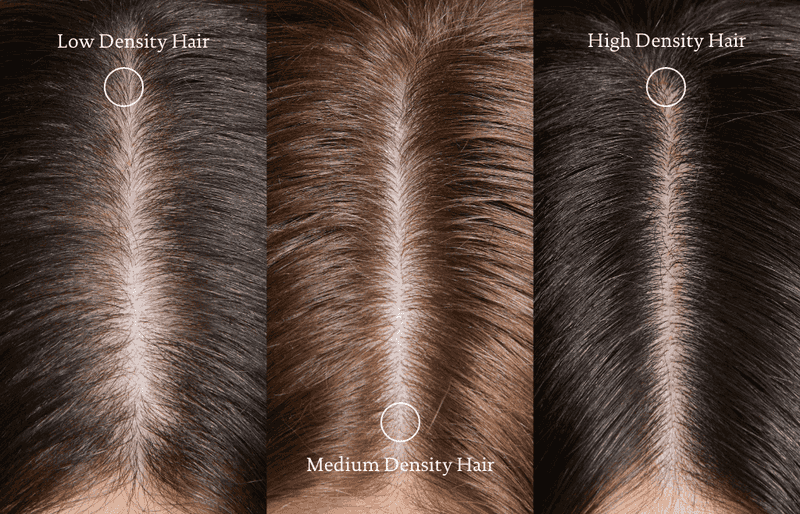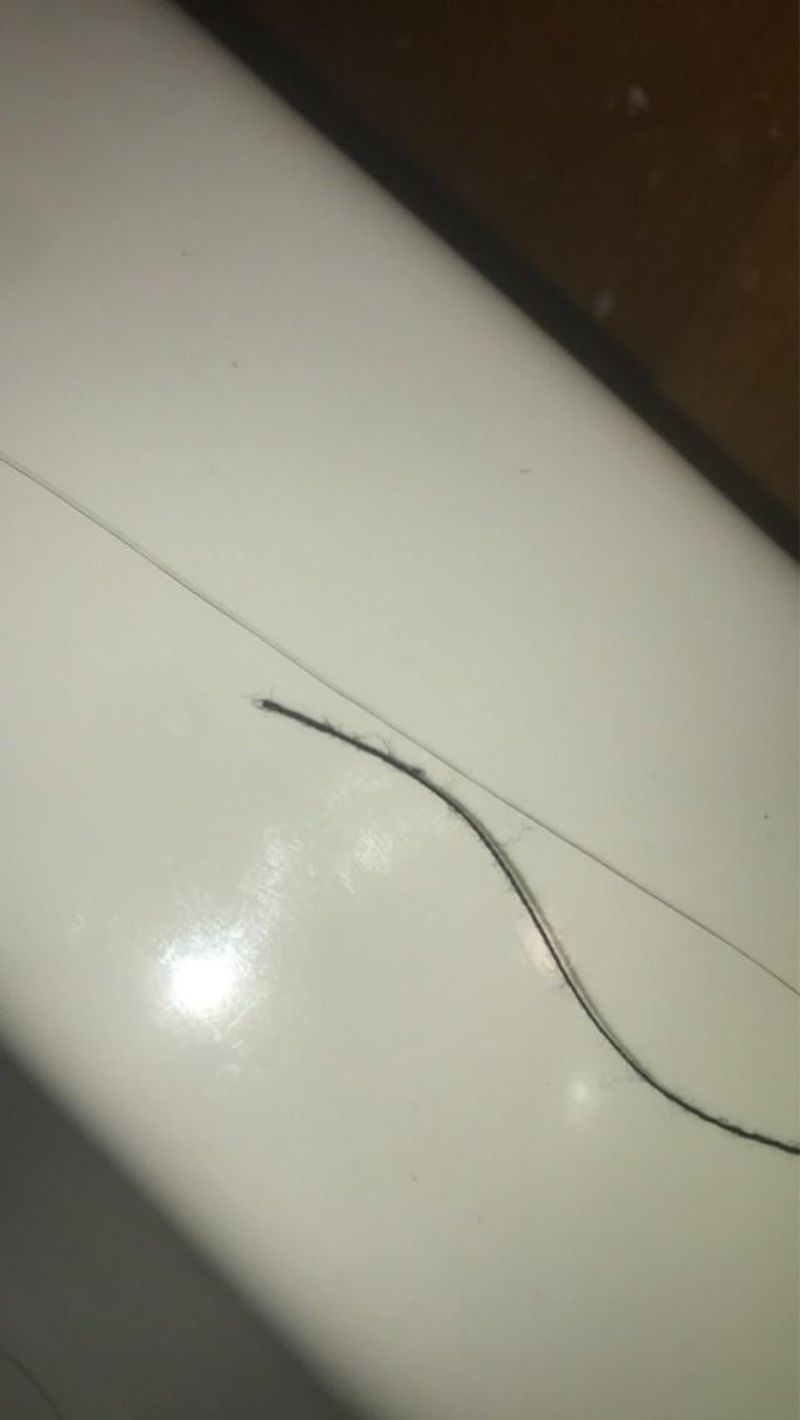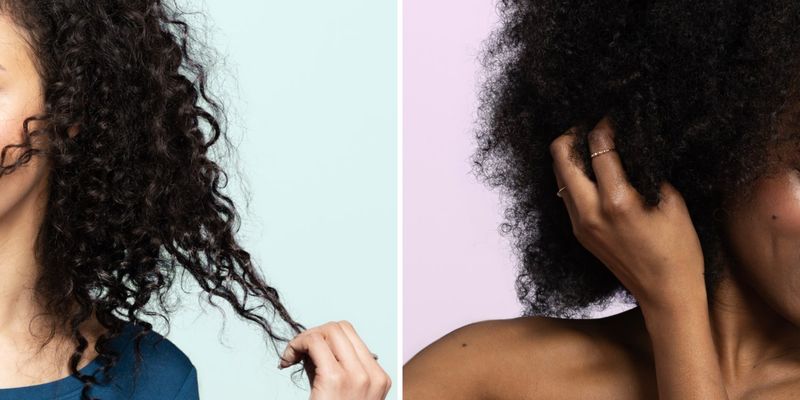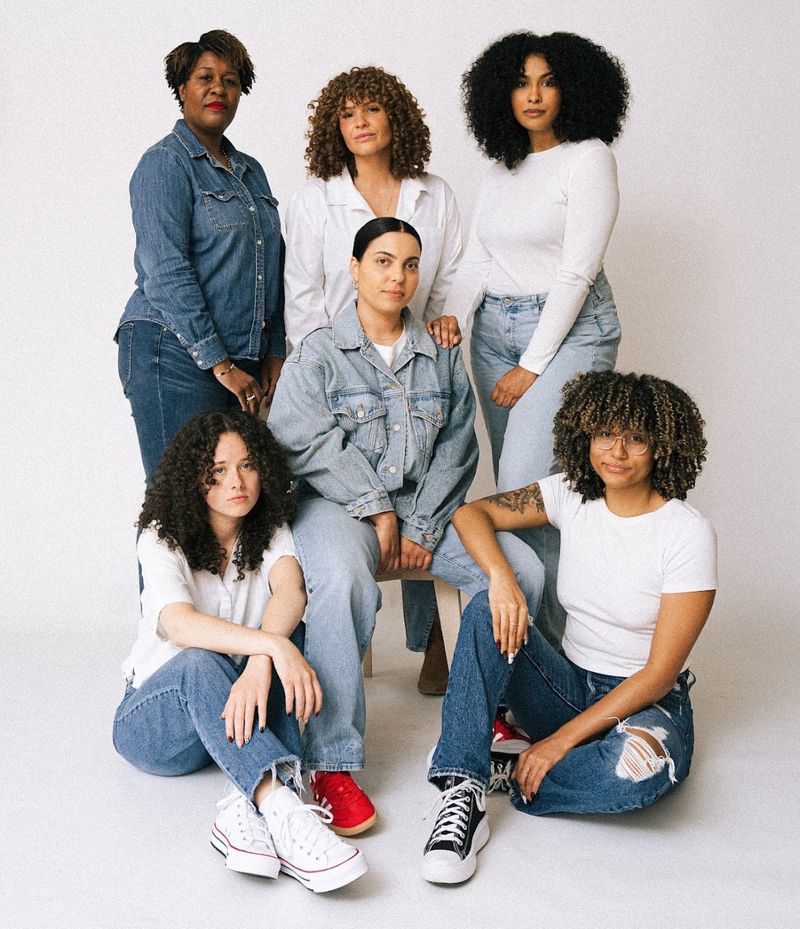Curly hair comes in many beautiful patterns, but figuring out your specific curl type can feel like solving a mystery.
Understanding your curls helps you choose the right products and styling techniques that work best for your unique hair texture. Ready to unlock the secrets to gorgeous, healthy curls that bounce with confidence?
1. Mirror Examination in Natural Light
Stand by a window on a bright day and examine your freshly washed, product-free hair. Natural light reveals your true curl pattern without distortion from artificial lighting. Look closely at how your strands naturally form and clump together.
Related: -7 Straight-Hair Problems No One Talks About And 8 Easy Fixes That Shine
2. The Strand Test Method
Grab a single strand of wet hair and watch what happens. If it hangs straight, you likely have type 1 hair. A gentle S-curve indicates type 2 waves. Clear loops suggest type 3 curls, while tight coils signal type 4 hair.
3. Consult the Curl Chart
Curl charts categorize hair from 1A (straight) to 4C (tight coils). Compare photos of your hair with professional curl charts online or at salons. Remember that many people have multiple curl patterns throughout their head!
4. Track Your Shrinkage Factor
Measure a stretched strand of hair, then release it. Calculate the percentage difference between stretched and relaxed lengths. Higher shrinkage percentages (50%+) typically indicate tighter curl patterns in the type 3C-4C range.
5. Observe Wet-to-Dry Transformation
Take photos of your hair when soaking wet, damp, and fully dry without products. Dramatic changes between wet and dry states offer clues about porosity and curl type. Type 4 hair often shows the most significant transformation.
6. Professional Curl Analysis
Visit a stylist specializing in curly hair for expert analysis. Curl specialists can identify subtle pattern variations you might miss and recommend appropriate cutting techniques. Many offer virtual consultations if in-person visits aren’t possible.
7. Porosity Water Test
Drop a clean hair strand into a glass of water. Hair that floats has low porosity, while hair that sinks quickly has high porosity. Porosity affects moisture retention and product absorption more than many realize.
8. Journal Your Product Reactions
Create a hair diary documenting how different products affect your curls. Note which ingredients give definition versus frizz. Patterns will emerge showing what your specific curl type responds to best.
9. Seasonal Pattern Changes
Photograph your curls across different seasons and weather conditions. Humidity often tightens curl patterns, while dry winter air can loosen them. Understanding these fluctuations helps you adjust your routine appropriately throughout the year.
10. The Elasticity Stretch Test
When wet, gently stretch a curl. Healthy hair with good elasticity returns to its original shape immediately. If it breaks or stays stretched, you need protein treatments. Elasticity indicates curl health more than type.
11. Root-to-Tip Pattern Analysis
Examine your curl pattern from roots to ends. Many curlies have looser patterns at the roots and tighter curls at the ends. This multi-pattern characteristic influences which styling techniques work best for your unique hair.
12. Density Determination
Part your hair in several places and assess how much scalp is visible. Low density shows more scalp, while high density shows very little. Density affects which styling products work best – lighter formulas for high density, richer ones for low.
13. Strand Thickness Evaluation
Compare a single hair strand to sewing thread. Thinner than thread indicates fine hair; similar thickness suggests medium; thicker than thread means coarse. Thickness significantly impacts which products weigh down versus enhance your curls.
14. Clarify and Reset Method
Remove all product buildup with a clarifying shampoo, then air-dry without products. Your truly natural pattern emerges without product influence. Many discover their actual curl type is different than they thought after this reset.
15. Curl Community Comparison
Join online curl communities and find hair twins with similar patterns. Seeing routines that work for similar curl types provides practical guidance. These communities offer support beyond what any single article or stylist can provide.

